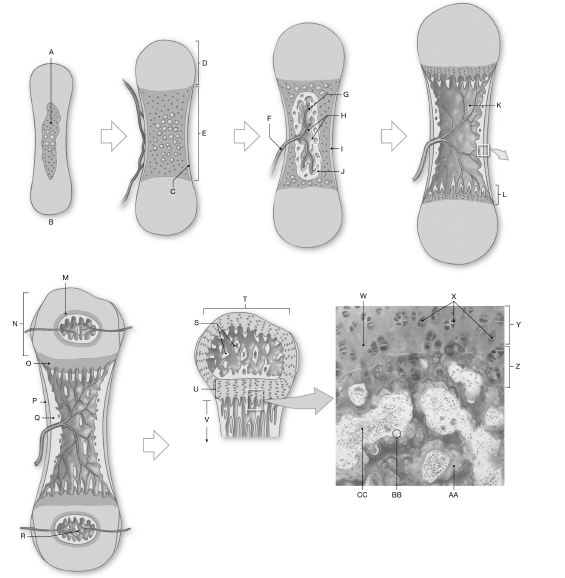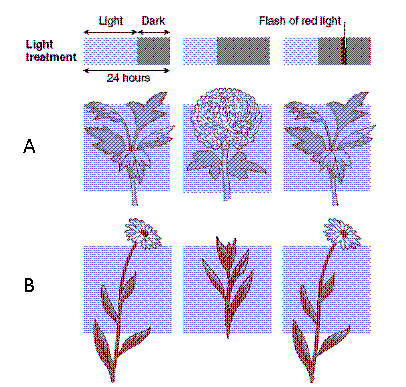Using the figure Below, identify the labeled part.

1) Label A: ______________________________
2) Label B: ______________________________
3) Label C: ______________________________
4) Label D: ______________________________
5) Label E: ______________________________
6) Label F: ______________________________
7) Label G: ______________________________
8) Label H: ______________________________
9) Label I: ______________________________
10) Label J: ______________________________
11) Label K: ______________________________
12) Label L: ______________________________
13) Label M: ______________________________
14) Label N: ______________________________
15) Label O: ______________________________
16) Label P: ______________________________
17) Label Q: ______________________________
18) Label R: ______________________________
19) Label S: ______________________________
20) Label T: ______________________________
21) Label U: ______________________________
22) Label V: ______________________________
23) Label W: ______________________________
24) Label X: ______________________________
25) Label Y: ______________________________
26) Label Z: ______________________________
27) Label AA:______________________________
28) Label BB: ______________________________
29) Label CC: ______________________________
1) Enlarging chondrocytes within calcifying matrix
2) Hyaline cartilage
3) Bone formation
4) Epiphysis
5) Diaphysis
6) Blood vessel
7) Medullary cavity
8) Primary ossification center
9) Superficial bone
10) Spongy bone
11) Medullary cavity
12) Metaphysis
13) Hyaline cartilage
14) Epiphysis
15) Metaphysis
16) Periosteum
17) Compact bone
18) Secondary ossification center
19) Spongy bone
20) Articular cartilage
21) Epiphyseal cartilage
22) Diaphysis
23) Epiphyseal cartilage matrix
24) Cartilage cells undergoing division
25) Zone of proliferation
26) Zone of hypertrophy
27) Osteoid
28) Osteoblasts
29) Medullary cavity
You might also like to view...
Four of the following are true of euglenoids. Which statement is false?
a. Many move by pseudopods. b. Many contain chloroplasts. c. Many absorb nutrients from their environment in a heterotrophic manner. d. Their cell body is surrounded by a pellicle. e. They use a contractile vacuole to maintain water balance.
The type of reproductive isolation exhibited by 13-
year and 17-year cicadas is a. spatial. b. behavioral. c. mechanical. d. temporal. e. ecological.
Refer to the accompanying figure. What does the photoperiodic response of the plant in Row A suggest?

a. A brief dark period is the light cue that induces flowering.
b. A brief daylight period is the light cue that induces flowering.
c. A long uninterrupted daylight period is the light cue that induces flowering.
d. A long uninterrupted dark period is the light cue that induces flowering.
e. A determination cannot be made from the data provided.
A student is studying and someone turns on a stereo in the background; this breaks the student's concentration. However, as the stereo continues to play, the student begins to study successfully without broken concentration. The student is demonstrating
A) habituation. B) imprinting. C) associative learning. D) conditioning.